Published in the Sunday Gujarat Samachar on 31 March, 2024
If you have been reading my articles or listening to our podcasts on Spotify or JioSaavn, you know I always like to ask one question: How many countries have you been to? So if you haven’t already got your count, go on, scan the QR code below and find out your country count because today’s topic is related to this in some ways.
So what was your score like? How many countries have you been to? One country that many of us in India have still not explored is Cambodia. So today, I want to give you a reason to do just that. And the biggest reason to explore Cambodia is to go see the magnificent Angkor Wat. Let’s dive it.
As always, we’ll first look at the country of Cambodia. A country of breathtaking beauty, Cambodia is a rich mix of culture and history, nestled in the heart of Southeast Asia. It is a land where the past and present blend seamlessly, offering a unique and captivating experience to all who visit. From the lush landscapes of its countryside and the vibrant streets of Phnom Penh to the majestic ruins of Angkor Wat, Cambodia is a land of many wonders. The nation's history is a compelling saga of triumph and tragedy, marked by the grandeur of ancient empires and the resilience of its people in the face of adversity. Today, Cambodia stands as a testament to the indomitable spirit of its inhabitants and their dedication to rebuilding and preserving their rich cultural heritage. As a destination, Cambodia offers not just an exploration of its archaeological marvels but also an intimate glimpse into the heart and soul of Southeast Asian life.
And nestled in the heart of Cambodia is Angkor Wat. A testament to the ingenuity and dedication of the Khmer Empire, one of the most powerful civilizations in Southeast Asia. The Khmer reigned from the 9th to the 15th century and its influence extended across today's Cambodia, Thailand, Laos, and Vietnam, showcasing an advanced society known for its architectural, agricultural, and artistic achievements. The empire's capital, Angkor, was the center of power and home to the iconic Angkor Wat, symbolizing the empire's zenith of art, architecture, and spiritual devotion.
This architectural marvel is a symbol of Cambodia's heart and soul. So much so, that the Angkor Wat is featured on Cambodia's national flag, highlighting its significance to the Cambodian people and culture. Angkor Wat, translating to "City of Temples," is the largest religious monument in the world. Constructed in the early 12th century by King Suryavarman II, it was initially dedicated to the Hindu god Vishnu. This majestic temple complex spans over 162 hectares, showcasing the pinnacle of Khmer architecture, art, and civilization.
Originally intended as a personal mausoleum and a state temple, Angkor Wat gradually transitioned from Hinduism to Buddhism in the 14th or 15th century. Its orientation to the west, a direction typically associated with death in Hindu culture, suggests it was designed for funerary purposes, offering a unique insight into the spiritual conceptions of its creators.
The decline of the Khmer Empire in the 15th century led to Angkor Wat being gradually enveloped by the jungle, only to be rediscovered in the 19th century by French explorers. This rediscovery marked the beginning of an ongoing journey of restoration and preservation, highlighting the site's importance as a cultural and historical treasure.
When we think about the Angkor Wat, I think it is very important that we look at it from an architectural overview. Angkor Wat's architectural layout is a microcosm of the Hindu universe. The central tower rises majestically above the complex, symbolizing Mount Meru, the center of the universe, surrounded by four smaller towers representing the mountain's surrounding peaks. Enclosed by a massive moat and an outer wall, the temple complex represents the earthly plane bordered by the cosmic ocean. In addition to this, it is also said that the temple's layout is astronomically aligned, with certain features corresponding to solar and lunar cycles.
The temple is renowned for its extensive bas-reliefs and devatas (guardian spirits) adorning its walls, illustrating scenes from Hindu mythology. The temple walls are adorned with nearly 2,000 Apsara dancers carved in stone, each with unique features and poses. The precision and detail of these carvings showcase the artisans' skill and the deep religious fervour of the Khmer people. Additionally, the longest inscription found in Angkor Wat is over 1,000 lines long, providing valuable information about the Khmer Empire's administration and society. If we are to look at it from an archaeological lens, the temple complex continues to be a focus of many archaeological studies, with new discoveries shedding light on its construction, function, and the people who built it.
Several myths and legends swirl around Angkor Wat, adding layers of mystique to its already fascinating history. One popular legend tells of a divine architect who designed the temple in a single night, while others speak of hidden chambers and treasures waiting to be discovered. These tales, while not substantiated by historical evidence, reflect the awe and reverence that Angkor Wat inspires in all who visit.
If you are a fan of movies, then this temple complex has a Hollywood connection too. Angkor Wat and its surrounding temples gained increased international fame through their association with popular culture, most notably the "Tomb Raider" movie. Released in 2001, "Lara Croft: Tomb Raider" starring Angelina Jolie, filmed several scenes at the nearby temple of Ta Prohm, among other locations within the Angkor Archaeological Park. The film's choice of Angkor as a backdrop introduced the beauty and mystery of the Khmer temples to a global audience, sparking a surge in tourism. Ta Prohm, with its overgrown trees and roots intertwining with ancient ruins, captured the imagination of viewers and became synonymous with adventure and exploration. This connection has led to an increased interest in Cambodia's heritage, with many tourists eager to follow in the footsteps of the iconic Lara Croft.
Visiting Angkor Wat is a journey back in time, offering a glimpse into an era of remarkable creativity and spiritual devotion. The best time of day to explore Angkor Wat is during sunrise. Having already witnessed this early morning spectacle, I am still in awe of the breathtaking views as the temple complex is gradually illuminated by the morning sun. Given the size of the complex, it is but natural that you will have to dedicate at least a full day to explore the different areas.
After a trip to Siem Reap and exploring the Angkor Wat, I think this ancient marvel is more than just a monument; it is a beacon of human achievement, artistic expression, and spiritual devotion. Its walls tell stories of gods and heroes, its architecture reflects the universe in stone, and its legacy inspires awe and respect across generations. Whether you're drawn to Angkor Wat by its history, its mysteries, or its beauty, this ancient wonder offers a window into a world like no other! So add it to your bucketlist, because there is truly nothing like it.










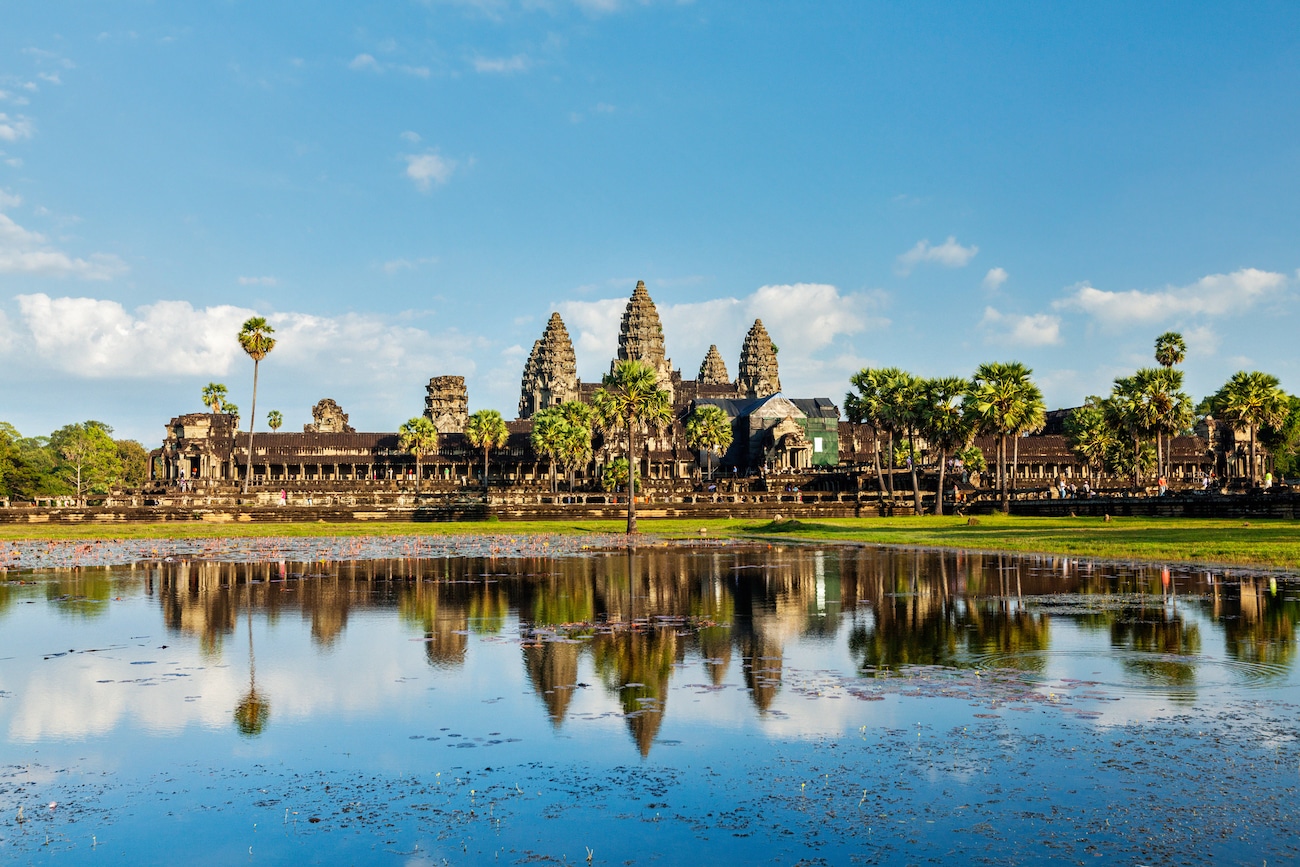
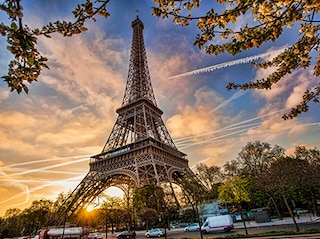

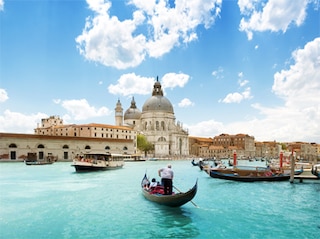
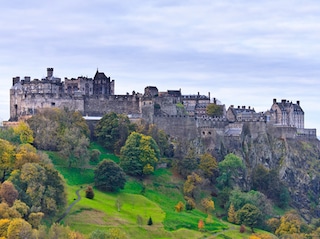
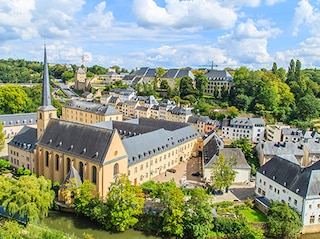















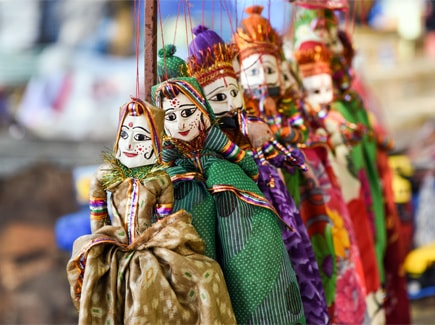

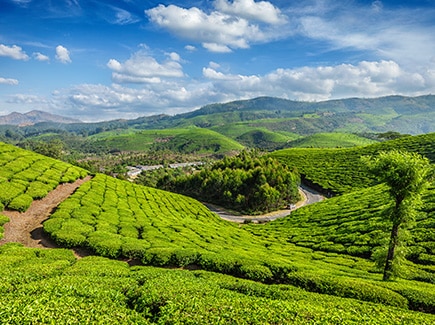

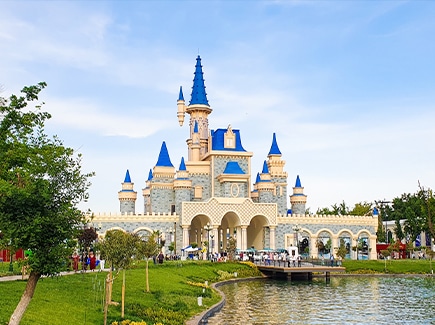


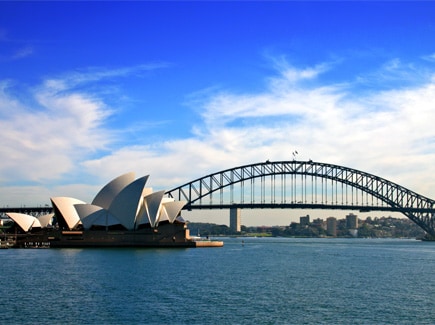
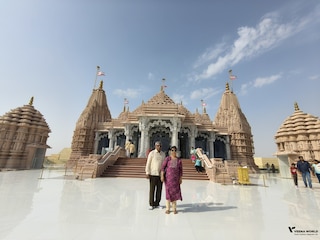


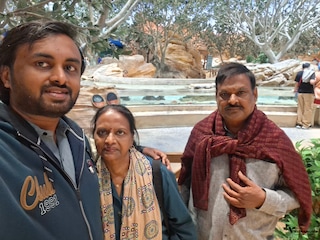




Post your Comment
Please let us know your thoughts on this story by leaving a comment.